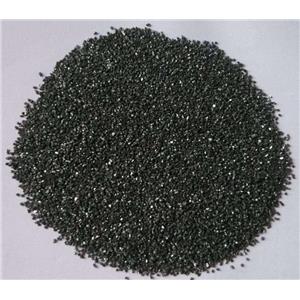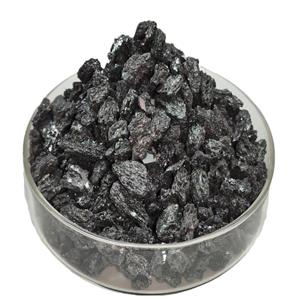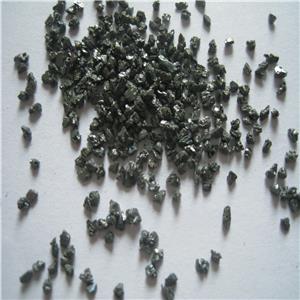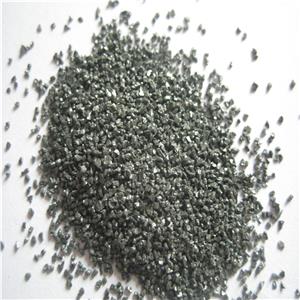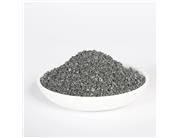1/5
Sintered Silicon Carbide Powder NEW
- Min. Order0.10000000149011612T
- Purity98%
- Cas No
- Supply Ability20T
- Update time2024-05-27

| Product Name | Sintered Silicon Carbide Powder |
| CAS No | |
| EC-No | |
| Min. Order | 0.10000000149011612T |
| Purity | 98% |
| Supply Ability | 20T |
| Release date | 2024/05/27 |
Silicon carbide is an inorganic substance with the chemical formula SiC. It is smelted at high temperature in a resistance furnace using raw materials such as quartz sand, petroleum coke (or coal coke), and wood chips (salt is required when producing green silicon carbide). Silicon carbide is a semiconductor that occurs in nature as the extremely rare mineral moissanite. It has been produced on a large scale since 1893 as powder and crystals for use as abrasives, etc. Among non-oxide high-tech refractory raw materials such as C, N, and B, silicon carbide is the most widely used and economical one, and can be called emery sand or refractory sand. Silicon carbide produced industrially in China is divided into two types: black silicon carbide and green silicon carbide, both of which are hexagonal crystals.
Properties of SiC polymorphs
Lattice constant (A)Thermal conductivity (W⋅m−1⋅K−1)@ 300 K
polytype | 3C(β) | 4H | 6H(α) |
| crystal texture | blende (cubic) | hexagonal | hexagonal |
point group | T2d-F3m | C46v-P63mc | C46v-P63mc |
Pearson symbol | cF8 | hP8 | Hp12 |
4.3596 | 3.0730; 10.053 | 3.0810; 15.12 | |
Density (g/cm3) | 3.21 | 3.21 | 3.21 |
Band gap (eV) | 2.36 | 3.23 | 3.05 |
Bulk modulus (GPa) | 250 | 220 | 220 |
320 | 348 | 325 |
material structure
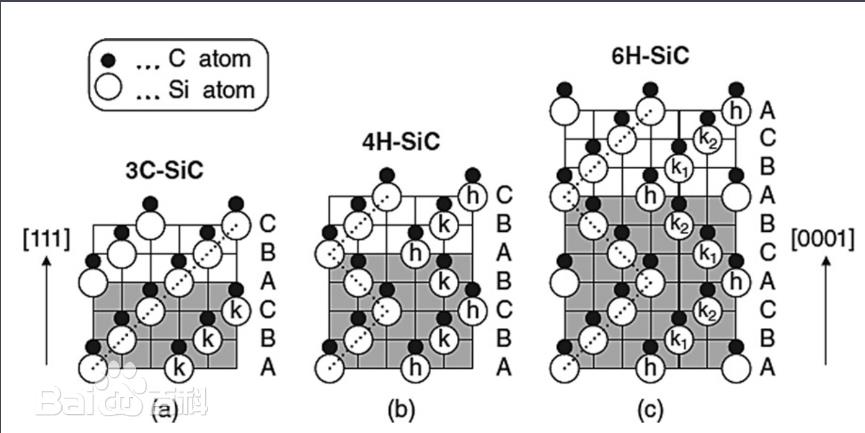
SiC is a typical binary compound semiconductor material. The basic unit of its crystal structure is a four-fold symmetry tetrahedron, namely SiC4 or CSi4. The distance between two adjacent Si atoms or two C atoms is 3.08 Å, while the distance between adjacent C atoms and Si atoms is only about 1.89 Å. [13] In SiC crystal, Si and C atoms form a very strong tetrahedral covalent bond (bond energy 4.6 eV) by sharing electron pairs in sp3 hybrid orbitals.
Pure silicon carbide is a colorless and transparent crystal. Industrial silicon carbide appears in light yellow, green, blue or even black due to different types and contents of impurities, and its transparency varies with its purity. The crystal structure of silicon carbide is divided into hexagonal or rhombohedral α-SiC and cubic β-SiC (called cubic silicon carbide). α-SiC consists of many different variants due to the different stacking sequences of carbon and silicon atoms in its crystal structure, and more than 70 species have been discovered. β-SiC transforms into α-SiC above 2100°C. α-SiC is the most common crystal form, and β-SiC belongs to the cubic crystal system, also known as cubic silicon carbide. Until now, β-SiC has had relatively few commercial uses, although due to its higher surface area than α-SiC it can be used as a support for heterogeneous catalysts. The industrial production method of silicon carbide is to use high-quality quartz sand and petroleum coke to refine it in a resistance furnace. The silicon carbide blocks obtained are made into products of various particle sizes through crushing, acid and alkali washing, magnetic separation and screening or water separation.
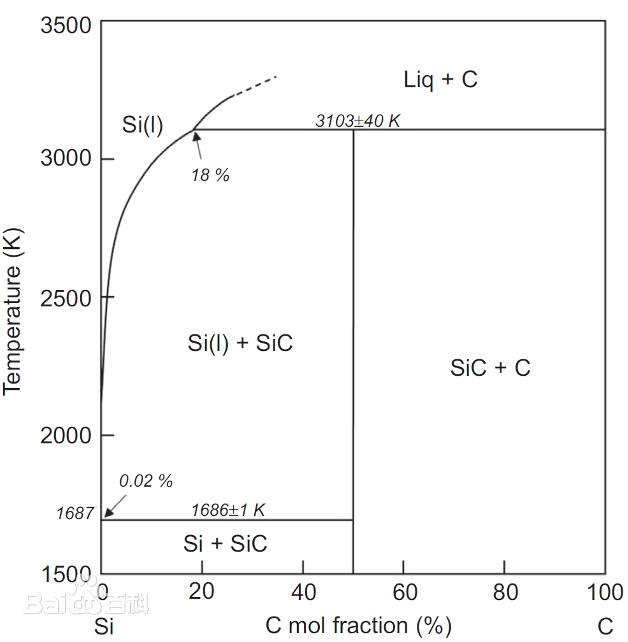
Application area
Silicon carbide has four main application areas, namely: functional ceramics, advanced refractory materials, abrasives and metallurgical raw materials. Silicon carbide rough materials can be supplied in large quantities and cannot be considered high-tech products. However, the application of nano-scale silicon carbide powder with extremely high technical content is unlikely to achieve economies of scale in a short time.
⑴ As an abrasive, it can be used to make abrasive tools, such as grinding wheels, oil stones, grinding heads, sand tiles, etc.
⑵ As metallurgical deoxidizer and high temperature resistant material.
⑶ High-purity single crystal can be used to manufacture semiconductors and silicon carbide fibers.
Main uses: used for wire cutting of 3-12 inch monocrystalline silicon, polycrystalline silicon, potassium arsenide, quartz crystal, etc. Engineering processing materials for solar photovoltaic industry, semiconductor industry, and piezoelectric crystal industry.
Used in semiconductors, lightning rods, circuit components, high temperature applications, UV detectors, structural materials, astronomy, disc brakes, clutches, diesel particulate filters, filament pyrometers, ceramic films, cutting tools, heating elements, nuclear fuel, Jewelry, steel, protective gear, catalyst carrier and other fields.
Abrasives
Mainly used for grinding and polishing grinding wheels, sandpaper, abrasive belts, whetstones, grinding blocks, grinding heads, grinding pastes, and monocrystalline silicon, polycrystalline silicon in photovoltaic products, and piezoelectric crystals in the electronics industry.
chemical engineering
It can be used as a deoxidizer for steelmaking and a modifier for the structure of cast iron. It can be used as a raw material for manufacturing silicon tetrachloride and is the main raw material for the silicone resin industry. Silicon carbide deoxidizer is a new type of strong composite deoxidizer, which replaces the traditional silicon powder and carbon powder for deoxidation. Compared with the original process, the physical and chemical properties are more stable, the deoxidation effect is good, the deoxidation time is shortened, energy is saved, and the deoxidation rate is improved. It is of great value to improve the efficiency of steelmaking, improve the quality of steel, reduce the consumption of raw and auxiliary materials, reduce environmental pollution, improve working conditions, and improve the comprehensive economic benefits of electric furnaces.
"Three resistant" materials
Silicon carbide has the characteristics of corrosion resistance, high temperature resistance, high strength, good thermal conductivity, and impact resistance. On the one hand, silicon carbide can be used in various smelting furnace linings, high-temperature furnace components, silicon carbide plates, linings, supports, and saggers. , silicon carbide crucible, etc. On the other hand, it can be used as high-temperature indirect heating materials in the non-ferrous metal smelting industry, such as vertical tank distillation furnaces, distillation furnace trays, aluminum electrolytic cells, copper melting furnace linings, arc plates for zinc powder furnaces, thermocouple protection tubes, etc. ; Used to make advanced silicon carbide ceramic materials that are wear-resistant, corrosion-resistant, and high-temperature resistant; and can also be used to make rocket nozzles, gas turbine blades, etc. In addition, silicon carbide is also one of the ideal materials for solar water heaters on highways, aviation runways, etc.
Thermal conductive material
The thermal conductivity of SiC materials, like most dielectric solids, is primarily affected by the transfer of thermal elastic waves, called phonons. The thermal conductivity of SiC materials mainly depends on: 1) the amount of sintering aids, stoichiometric ratio, chemical properties and related grain boundary thickness and crystallinity; 2) grain size; 3) type and concentration of impurity atoms in the SiC crystal ;4) Sintering atmosphere; 5) Heat treatment after sintering, etc. SiC has excellent properties such as high thermal conductivity, large band gap, high electron saturation mobility rate and high critical breakdown electric field. Its excellent comprehensive performance makes up for the shortcomings of traditional semiconductor materials and devices in practical applications. It is widely used in electric vehicles and mobile phone communication chips. It has broad application prospects in other fields. Because SiC has higher reliability, higher operating temperature, smaller size and higher voltage withstand capability, it can be used in power devices such as main drive boards, vehicle chargers and power modules, which can greatly improve efficiency, increasing the endurance of electric vehicles. At the same time, SiC has good thermal conductivity, and the use of SiC semiconductor power devices can reduce battery size and convert energy more efficiently, thereby reducing the cost of the overall device. As a high-performance structural ceramic material, SiC ceramic has excellent thermal properties and can be widely used in high temperature resistance, heating and heat exchange industrial fields.
steel
Taking advantage of silicon carbide's corrosion resistance, thermal shock resistance, wear resistance, and good thermal conductivity, it is used in large blast furnace linings to extend its service life.
Metallurgical beneficiation
Silicon carbide hardness is second only to diamond, with strong wear resistance, is a wear-resistant pipe, impeller, pump room, cyclone, bucket lining ideal material, its wear resistance is cast iron, rubber service life of 5-20 times is also one of the ideal materials for aviation runway.
Energy saving
Using good thermal conductivity and thermal stability, as a heat exchanger, fuel consumption is reduced by 20%, fuel saving by 35%, and productivity is increased by 20-30%.
Abrasive size and its composition according to GB/ T2477-83. Abrasive particle size composition determination method according to GB/ T2481-83.
jewelry
Synthetic Moissanite, also known as synthetic moissanite, synthetic moissanite (chemical composition SiC), has a dispersion of 0.104, which is larger than diamond (0.044), a refractive index of 2.65-2.69 (diamond 2.42), and has the same diamond luster as diamond , the "fire" is stronger and closer to diamond than any previous imitation.
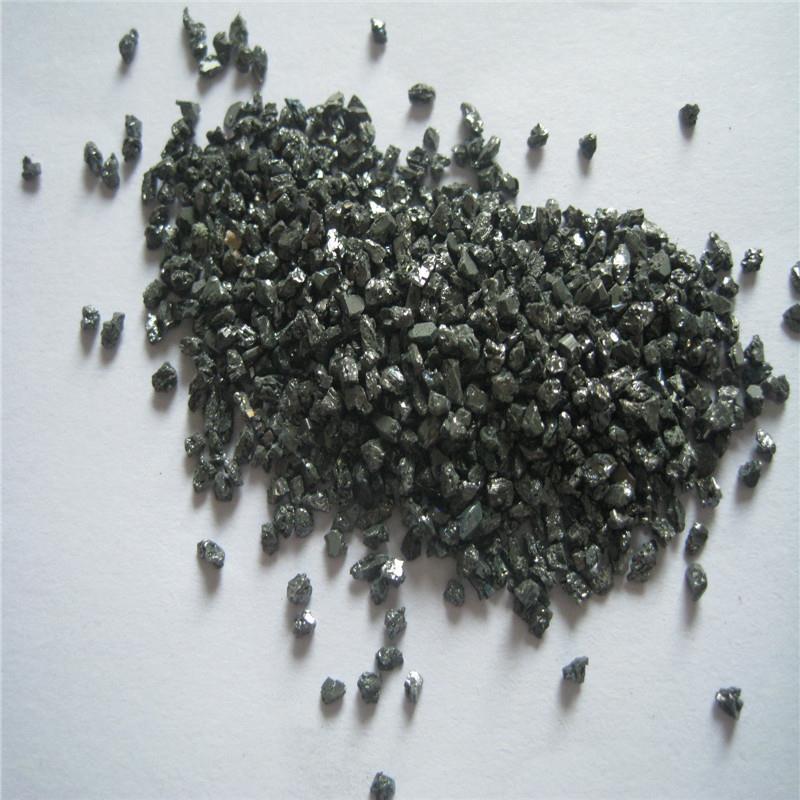
Packing&Shipping
1kg/aluminium foil bag, with two plastic bags inside.
25kg/fiber drum, with two plastic bags inside.
≤50kg, Express delivery recommended, usually called as DDU service;
≤500kg,Air shipping recommended, usually called as CIF service;
>500kg, sea shipping recommended, usually called as FOB, CFR, or CIF service;
For high value products, please select air shipping and express delivery for safety.

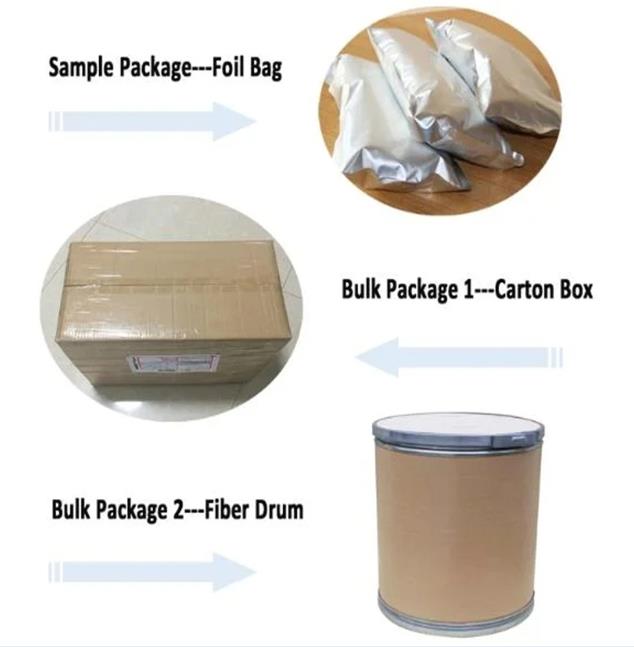
Company Profile
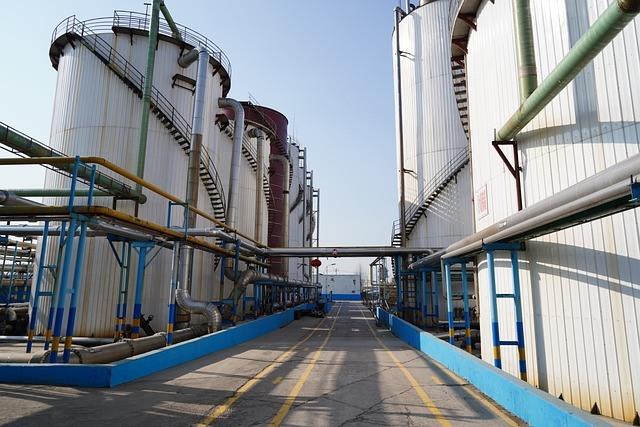
Yujiang Chemical(Shandong) Co., Ltd. We are located in Shandongwith convenient transportation access. We are a professionalmanufacturer and trader that is concerned with the research.development and production of chemical products. We committedto providing you with high-quality products and services. We alwaysimplement the concept of customer value creation, for customerstailored products, to meet the needs of different customers, andcontinuously provide customers with solutions and technical problemsFurther exploration and innovation, and excellence.Welcome andook forward to customers from all of the world to contact us forcreate a bright future with us together.
Company Profile Introduction
Our company offers variety of products ,such as: Lithium Hydroxide,Lithium Carbonate,Methyl Acetate,Methanol,Methyl Tert-Butyl Ether.which can meet your multifarious demands. We adhere to the management principles of "quality first, customer first and credit-based" since the establishment of the company and always do our best to satisfy potential needs of our customers. Our company is sincerely willing to cooperate with enterprises from all over the world in order to realize a win-win situation since the trend of economic globalization has developed with anirresistible force. We specialize chemicals products have covered most regions of China and also have been exported to foreign countries and regions such as Europe, USA and Southeast Asia. For many years, the comany has taken advantage of its merits to develop high-tech well-known products. Our capacity and efficiency have been improved rapidly. Our company was named as"National Key High-tech Enterprise" by National Ministry of Science and Technology in 2003. The company has passed IS9001: 2008 certificate of CQC.
